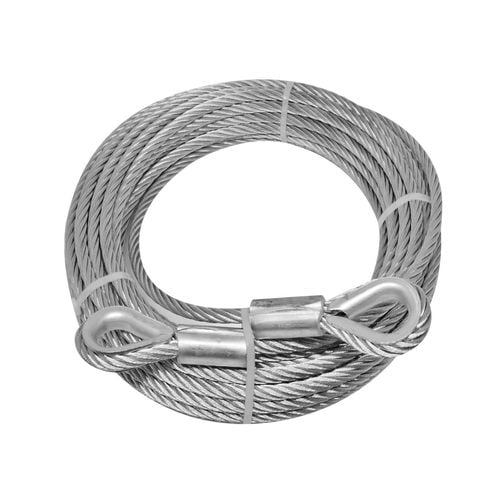Wire Rope Slings are lifting devices made from strands of steel wire that are twisted or braided together to form a strong and flexible rope. These slings are used in heavy lifting and rigging operations to safely hoist and transport materials or equipment. Wire rope slings are widely used in construction, mining, industrial settings, and other applications that require reliable lifting solutions for heavy loads.
Wire rope slings come in various types and configurations, each suited to specific lifting tasks. Some of the most common types include:







